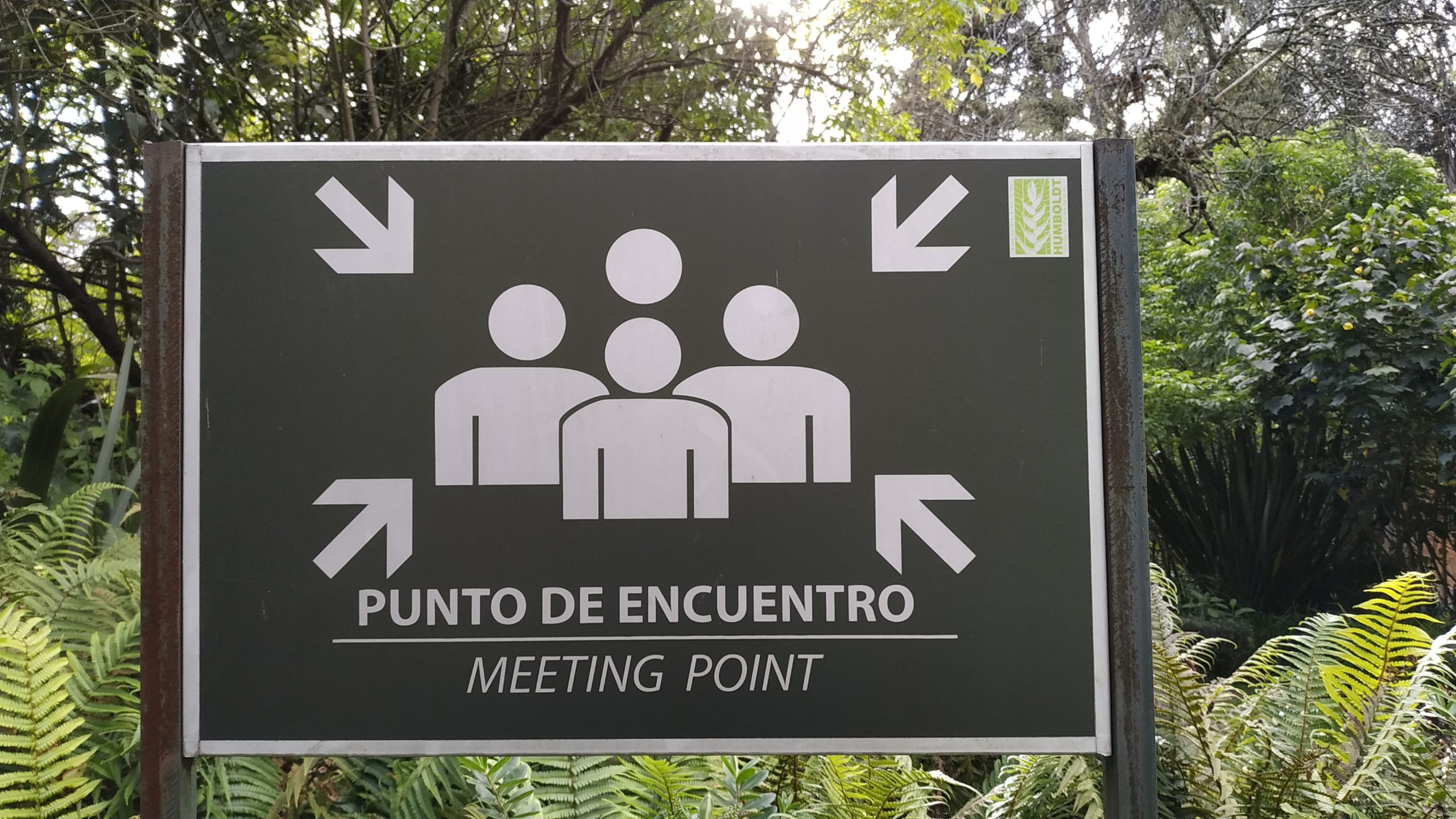
Posted by seilafdza
10 May 2019First virtual meetings are already taking place. The aim is to understand all components of the team looking for ways to integrate and generate spaces in between disciplines.
How can an artist contribute in such a project? What has been tackled in the project so far? What do we mean by interdisciplinary collaboration? What are the research disciplinary components focusing on?
Paleoecology
Ecology
Anthropology
Understanding
Exchange
Collaboration
Forest
Disciplinary strategies and objectives
Interdisciplinary process
Art as practice based research
Integration
Legacy
Conversations with other disciplines
Talking with Felipe Franco and Dunia Urrego means getting deep into paleoecology. This discipline focuses on the environment from a long term perspective in order to show the “natural” and how the transformation of nature has been taking place over time. This understanding goes far beyond human memory and the need of scientific equipment is needed in order to analyse the tiny particles of sediments coming from deep into the Earth, hidden under our feet compacted over time. It remains invisible to our eyes, a strata of stories and memories that belong to the past, present and future.
How to give importance to what can’t be seen, the invisible and hidden? How can that be communicated to others? How can the process of sampling time beyond living memory be documented? Can this process enclose other perceptions of the “invisible”? Can other sensibilities enhance knowledge about such process? Could an artistic research make visible other sensibilities? Could other multisensorial aspects about paleoecology emerge from this interdisciplinary encounter?
With Juliet Serrano we travel back and forth in time, she represents the ecological component. The permanent “parcelas forestales” she has been establishing are fragments of life that can be studied over time; a piece of land in the forest that tell us more about the relations between organisms and their environment and the biodiversity it holds. She uses different techniques to develop knowledge such as numeric measurements of species and soil samples.
She told me delimitation of this place takes place by placing a PVC pole in each corner. Between the PVC poles there is a yellow string. Each tree is painted at 1.30m from the base which remains as permanent yellow rings, a number of sets and rules part of the protocol of action.
These areas become maps in time and space that somehow can teleport us to the future imagining the future growth of the forest. It seems that we can observe, listen and be present at the conversations and exchanges between the existing species by looking deep on the symbiotic relations.
How can this deep mapping be seen from a multisensory experience? How can this knowledge tell us about the “natural”? Could this expanded study of a territory widen the human relationship with nature? Can this focus on the relational open up dialogues which transfer learning from the forest to the social dynamics? How would an artist provide a different view on this delimited area? Could this relations be represented in different formats that bring the sense of such dynamics?
And the final component is anthropology led by Mónica Amador. She engages with the relational aspects of social dynamics in the chosen shared locations. A process of understanding from being in a place, from talking and learning from those who live locally giving importance to the now and its living memory. On such processes there are a number of strategies including interviews. Then, the social bonds between the research and the community grow over time.
How can a practice based research* engage with a more established academic research? How can social processes from different perspectives and agendas support each other? Could a process based research provide knowledge for academic purposes?
*”Practice-based Research is an original investigation undertaken in order to gain new knowledge partly by means of practice and the outcomes of that practice. In a doctoral thesis, claims of originality and contribution to knowledge may be demonstrated through creative outcomes in the form of designs, music, digital media, performances and exhibitions. Whilst the significance and context of the claims are described in words, a full understanding can only be obtained with direct reference to the outcomes”
(https://www.creativityandcognition.com/resources/PBR%20Guide-1.1-2006.pdf)
Those brief explanations of each component are just the trigger to look for more questions which can generate conceptual and methodological connections between components and which can enlarge ways of seeing and proceeding within the interdisciplinary collaboration. Growing step by step with a close look at disciplinary narratives and processes
This reflection begins by looking at the discipline as a mix of ingredients in order to give importance to the “inter”, the relational narratives between components, the “recipe” of processes and “symbiotic relations” that can feed each other as if we were cooking a dish together, each kind of knowledge is important and the ingredients and processes will enable a product to share with others.
Text and images by Seila Fernández Arconada